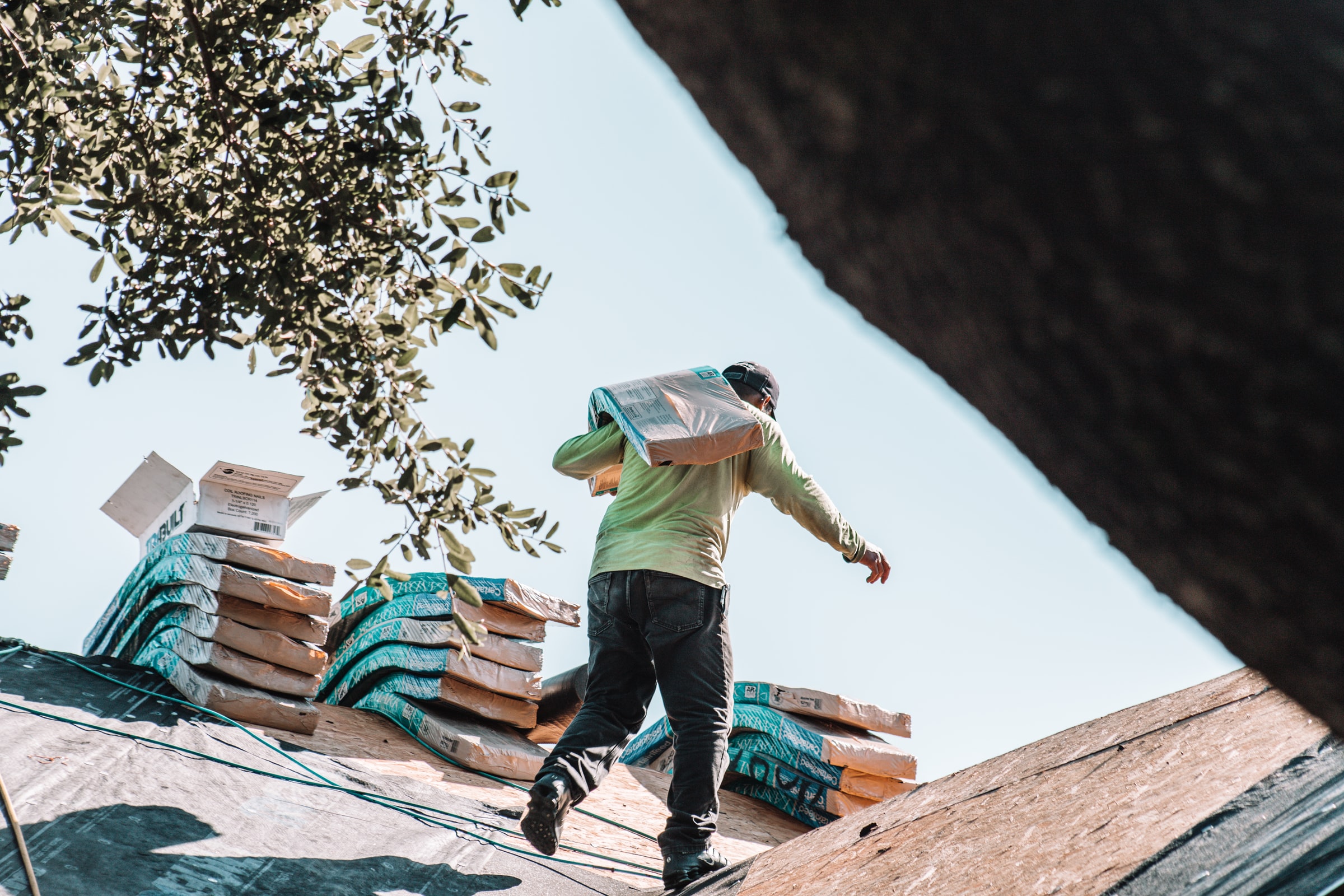The roof is an important part of any construction work. Whether it is for a house, an administrative, commercial or social building. Among the many finishes that can be applied to a roof is the roof flashing. A roof flashing is as important as a waterproof and durable roof for a good thermal performance. Find out here the most important information on prices and tips on how to properly install roof flashing.
What is the role of roof flashing?
A roof flashing is a device installed to provide a connection between the roof and roof elements such as the acroterial wall, tiles, chimney and others. Originally, the roof flashing was a small bead of mortar or plaster placed on the roof between the tiles and the wall. Today, this device is more developed technically and aesthetically. A distinction is made between roof flashings made of mortar, zinc, cement, plaster, lead, stainless steel or aluminum.
As a device installed on the roof, the roof flashing allows an efficient waterproofing of the roof. Its main role is to prevent infiltration that may occur at a corner (a horizontal and vertical junction) of two elements. Made on-site in mortar or prefabricated, the roof flashing plays a very important role in obtaining a watertight roof. It stands out for its durability and protective role. It is necessary to ask a professional roofer for an estimate beforehand to better prepare yourself in advance. There will be no more questions about a damp ceiling or internal water filtration.
How much does roof flashing cost?
Physically, roof flashings come in strips or rolls, regardless of the material it is made of. As such, you can find prefabricated flashings on the DIY market and at building material retailers. In general, prices vary between 10 and 50 dollars, depending on the material, measurements and finish, also known as the floor covering.
Therefore, to install roof flashing, it would be advisable to make an estimate of between 100 and 300 dollars, to ensure that all costs are included. Speaking of costs, there will be transportation costs, labour, purchase of installation tools and others.
Strip flashings are available from DIY stores and building supply dealers. In particular, flashings for chimneys and roof drainage elements cost between 50 and hundreds of dollars. The choice depends on your budget, the surface of your roof and your preferences.
Tips for perfect roof flashing installation
You want to install a roof flashing to benefit from its many advantages. Ideally, you should call in a professional roofer.
The tools needed
As working tools for this project, you will need the flashing strips first. Secondly, you will need a ladder or scaffold to access the roof, safety equipment and a chalk line. Finally, a screwdriver, drill and hammer will be needed for the rest of the work.
Installation on a new roof
On a new roof, you should first make sure that the roofing work is properly finished before the roofer arrives. Once on site, the roofer will prepare the surface or check the installation tools and flashing. Installation lines will be drawn to accommodate the flashing. During the process, the craftsman checks that the device covers at least ten centimetres.
Installation on a roof under renovation

In the case of renovation, the installation of the roof flashing begins with the removal of the old flashing. This can be scraped off or pitted gradually to the last bit. Next, you will need to form a strong bead so that the new flashing strips or mortar flashing can be installed. The latter will be laid on previously marked out lines. The metal flashings are then fixed with screws and the screwdriver. At each stage of the installation, care should be taken to ensure that each surface of the roof is fully covered and watertight.
Sound off in the comments section below, and tell us what you want to read next and if you want to read more about roof flashing.


